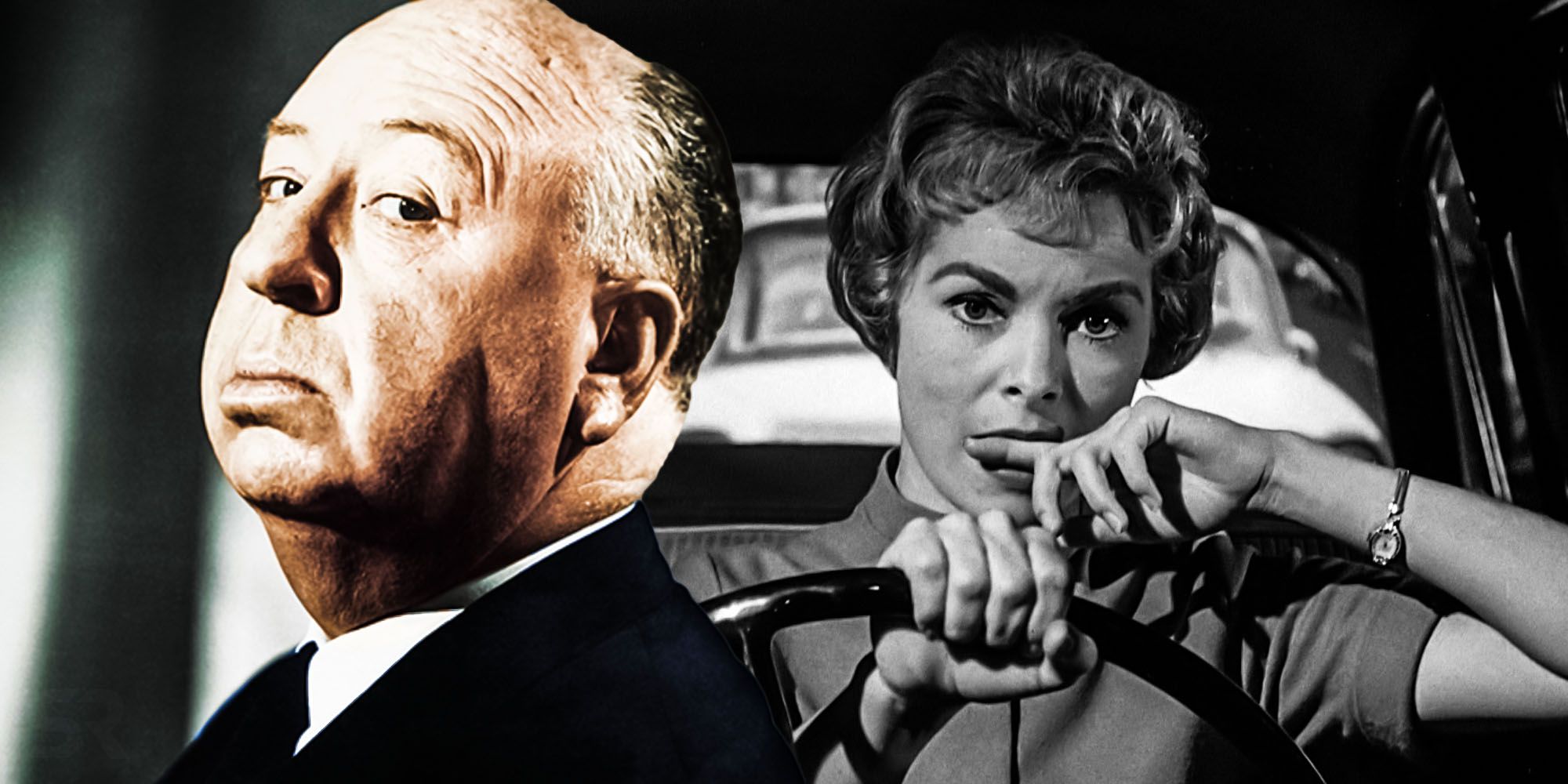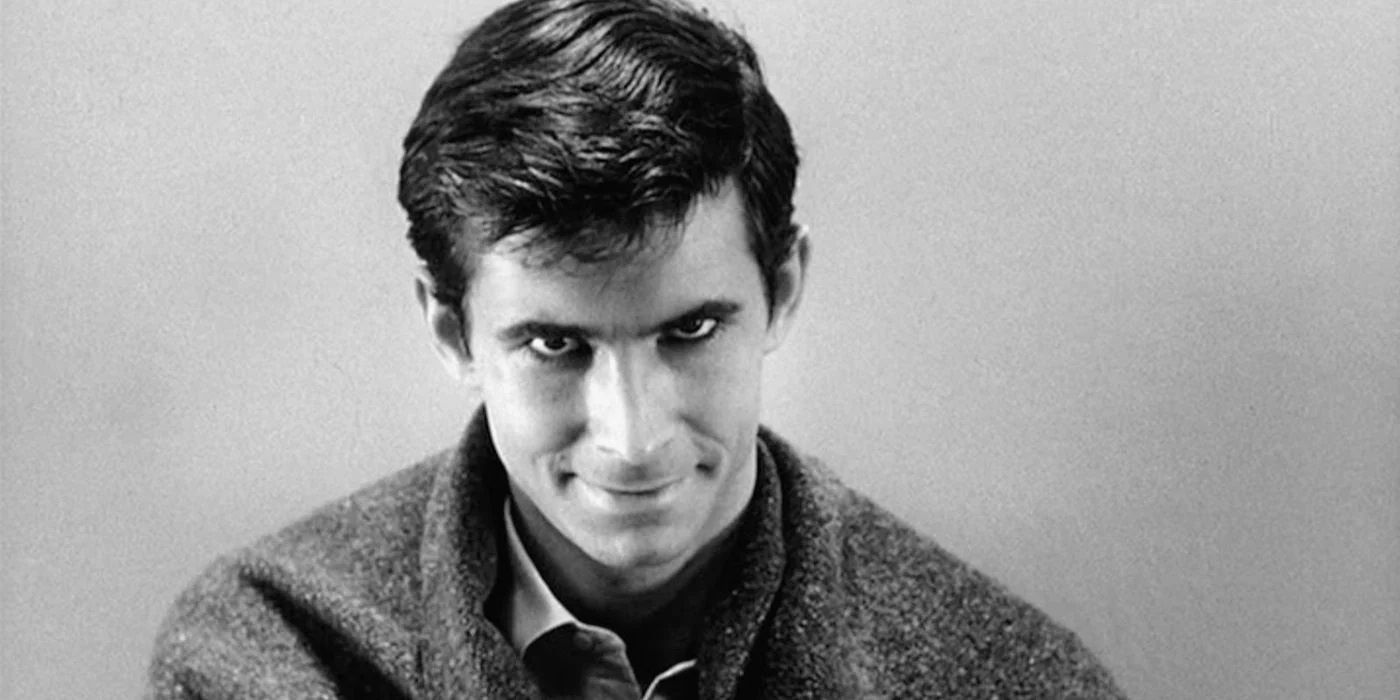Here's why director Alfred Hitchcock chose to make Psycho in black and white instead of color. While regarded by many as a person of questionable morality at best, it's a near-universal opinion that Hitchock change the world of cinema, and his films are still regarded as prime examples of filmmaking to this day. The director was dubbed the master of suspense, and for good reason, as so many of his films thrived on creating layers of tension that left viewers unable to shift from their seats.
As much as Hitchcock's movies tended to leave audiences clinging to the edge of their seats, though, he only really delved into full-on horror stories twice. The second was 1963's The Birds, in which a small community - including star Tippi Hedren - is attacked by birds who've become murderous for seemingly no reason. The first instance came with 1960's Psycho, which in many ways could be considered the unintentional grandfather of the slasher sub-genre. Psycho isn't itself a slasher - but it definitely inspired aspects of many slashers to come.
Psycho was one of the first major movies ever to focus in on a serial killer, and give them a considerable share of the spotlight - that killer being Anthony Perkins' Norman Bates. Besides its basic premise, one of the aspects that make Psycho so memorable is its use of black and white film stock, at a time when most studio movies were shot in color. While it's tempting to assume a filmmaker like Hitchcock made this choice purely for artistic reasons, it turns out that money was actually the biggest concern. Hitchcock had trouble obtaining funding to adapt Robert Bloch's Psycho novel, and shooting in black and white was cheaper, leading to the film's distinctive look.
Not only did Hitchcock decide to make Psycho in black and white to help cut costs - the film's production budget was a mere $800,000 - he also used the already assembled crew from the Alfred Hitchcock Presents anthology TV show to further tamp down spending. Outside of monetary issues though, Hitchcock worried that the audiences of 1960 might not be ready to see Psycho's most shocking scenes in color, especially Norman infamously murdering Marion Crane in the shower partway through the film, in a twist sure to surprise viewers to this day. Amusingly, the "blood" used on set for Marion's death was actually chocolate syrup, which stood out more in black and white.
Considering the relative fervor that took place at the time over Hitchcock's decision to show a toilet flushing onscreen in Psycho, he was probably right on with the idea that audiences weren't ready to see bright red blood flying as Norman hacked up Marion. As it was, Psycho was a fairly controversial movie at the time of its release anyway - albeit still a popular one - and actually helped pioneer the spoiler alert. In hindsight, whatever inspired the decision, making Psycho in black and white only helped the movie, as the aesthetic helps it stand apart from many other hits of the time, and also gives it a more old-school feel befitting many of Hitchcock's earlier classics.


